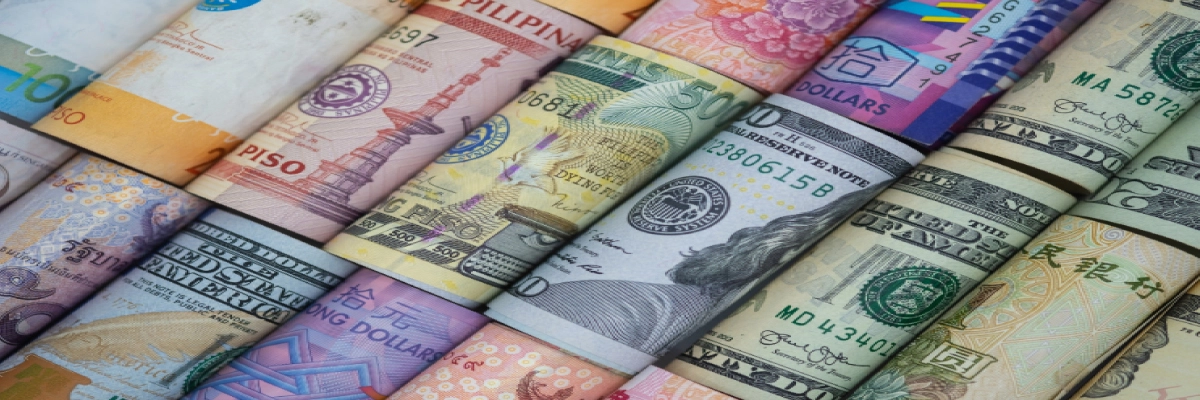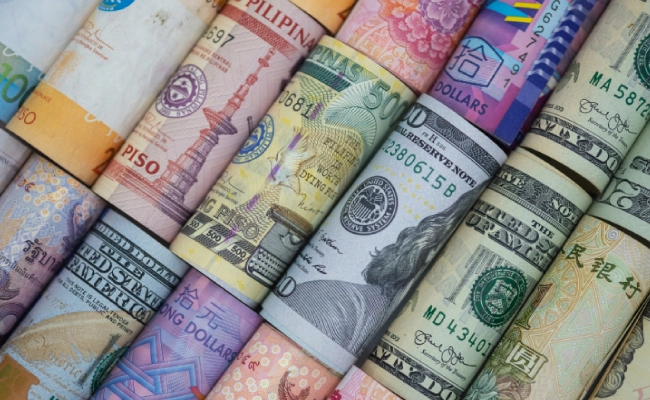The intricacies of the forex market are often complex but they’re the reason so many traders love forex trading and what makes it so incredibly rewarding.
As such, let’s take a look at the top 7 currency pairs, how they shape up trading sessions all across the world, and how they can turn yours into a profitable currency trading experience.
EUR/USD
Commonly referred to as the “Chunnel” (as in channel + tunnel connecting them geographically), the EUR/GBP was widely considered to be a strong pair due to how interconnected the two regions are in terms of trade and often policy.
However, Brexit shook things up and the currency pair now sees more volatility, meaning a higher skill level is necessary to trade it, so remember to bring your technical analysis a-game for this one.
USD/JPY
Given how the Japanese yen is prominent across Asia, this currency pair is one of the most popular ones in the world.
The USD/JPY is known for its high liquidity, something which means that large volumes won’t affect the price too much in terms of its exchange rate.
Moreover, spreads are usually seen as the tightest in the market, meaning trading costs tend to be low.
USD/CHF
This currency pair is known for being a bastion of financial stability, a safe haven for investors, which is why it earned the endearing term: the “Swissie”.
Traders tend to flock towards the Swiss Franc in times of high volatility, meaning that in times of turmoil, or political or economic uncertainty, you will probably see the USD/CHF becoming an increasingly popular choice amongst traders.
On the flip side, the USD/CHF stability also means that once markets face low volatility you won’t see a lot of action going on here.
AUD/USD
Known as the “Aussie”, the AUD/USD is known for its negative correlation with the USD/CHF and USD/JPY.
Australia is a massive exporter of coal and iron ore, meaning its economy is heavily reliant on commodities trading.
Accordingly, you’ll find that the price of the Australian Dollar will be very dependent on commodity prices so keep an eye out for those if you’re planning to trade this one.
NZD/USD
As long as we’re looking at the economy down under, let’s skip ahead to New Zealand.
This currency pair is known as the “Kiwi” and just as Australia depends on commodities, a big part of New Zealand’s strength comes from its tourism industry and dairy industry.
This means that for trading NZD you might need to keep a close eye on milk prices as New Zealand is the single highest exporter of milk (and it’s not even close). Accordingly, if milk is on the rise, the NZD will likely chase that price action upwards.
USD/CAD
Commonly referred to as the “Loonie”, the USD/CAD sees itself as incredibly dependent on commodity prices.
Canada’s economy is big on natural gas, oil reserves, and timber.
Given the USA and Canada’s geographical proximity, their shared trading volume and tariffs are two things to closely monitor when trading this currency pair.
Wrapping up: the advantages of trading the “major 7” forex pairs
It’s one thing to understand how currency trading works, but it takes time to fully grasp how currency pairs work.
While trading the major 7, you’re bound to be met with large trading volumes, so if you’re using the right currency trading platforms you’ll get tighter spreads, meaning you can enter or exit a position at any given moment.
Moreover, their added versatility primes them to be traded at any time, night, or day, so you can trade on your schedule.
And for those who have never engaged in any form of currency trading, no two pairs are the same but with the major 7, you can at least count on stability, meaning that there’s little chance you’ll be met with sudden fluctuations.
Currency in Forex moves fascinatingly, and if you want to figure it out, all you have to do is look at the right places.















